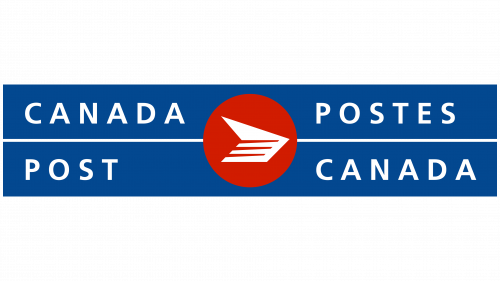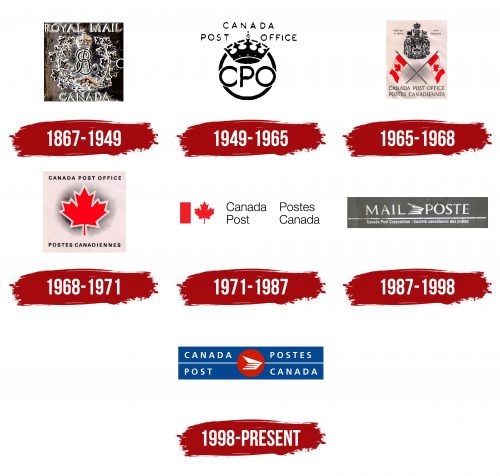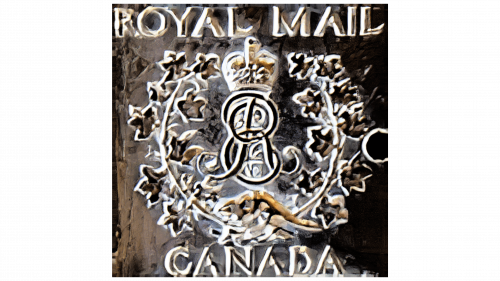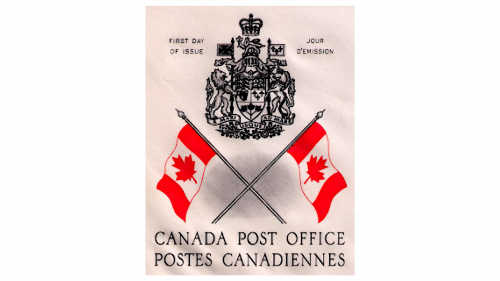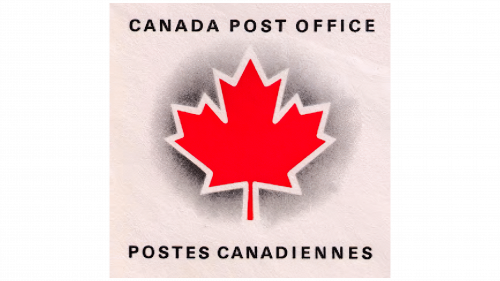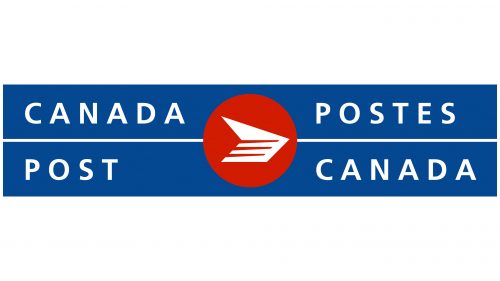Canada Post: Brand overview
In the late seventeenth century, the initial foundation of Canada’s postal system took shape. It began in 1693, when the French colony of New France, seeking to manage official government letters, established a post office in Montreal. After Canada became a British colony, the British military assumed responsibility for the distribution of mail throughout the country. Civilian post offices were established in the second half of the 18th century.
In 1851, the Canadian colonies, in a significant step toward autonomy, assumed responsibility for postal services, leading to the creation of the Post Office Department. When Canada joined the Confederation in 1867, the department was incorporated into the federal government. That same year, the first Postmaster General took office, and Canada issued its first postage stamps bearing the country’s coat of arms. The years that followed, marked by the development of railroads, led to a significant increase in mailing volumes.
The advent of the twentieth century brought new advances. In 1908-09, mail began to reach rural areas, and in 1969, daily mail delivery to urban centers began. Mechanization played a crucial role in improving sorting and transportation.
This changed in 1981 when the Post Office Department was replaced by the Canada Post Corporation, which was established as a self-sufficient organization. In 1971, the Postal Service began modernizing by introducing postal codes, and in 1974, it switched to a five-digit ZIP code system. As technology advanced, the Postal Service introduced new services, such as tracking systems.
By 2007, the postal giant was delivering about 10 billion pieces of mail annually, with revenues exceeding $7 billion and more than 50,000 employees working in 6,300 post offices. With the decline of traditional mail and the rise of parcel delivery, Canada Post is changing its focus. It is revamping its strategy to focus on e-commerce and continues to provide large-scale and consistent service.
Meaning and History
1867 – 1949
1949 – 1965
1965 – 1968
1968 – 1971
1971 – 1987
1987 – 1998
1998 – today
The Canada Post logo stands out with a blue rectangle that cleverly uses two names, “Canada Postes” on top and “Canada Post” below, separated by a red circle with a white airplane inside. This airplane represents fast and modern communication, bridging old-fashioned mail with today’s speed. Both names are in the same big, bold, and smooth font, giving the logo a clean and professional look.
A thin line divides the logo in half, showing Canada Post’s service to both English and French speakers in Canada. The bright colors make the logo look friendly and appealing, avoiding a too-formal style.
This logo does a great job showing what Canada Post does – connecting people within Canada and around the world. It mixes traditional and new ways of sending messages, showing the company’s modern role without forgetting its history. The logo’s design and colors tell everyone about Canada Post’s goal to deliver mail effectively and include everyone, making it stand out in a simple yet powerful way.
